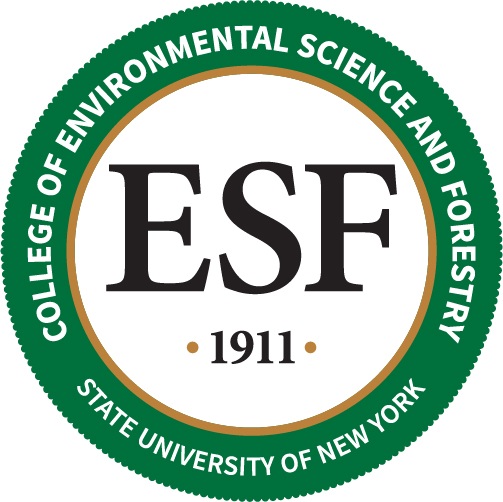Newswise — Satellite imagery helps researchers scan vast landscapes to learn about vegetation available to grazing mammals but the technology may not supply all the data necessary to determine if the animals have access to a healthy diet, according to a paper published this month in the Journal of Wildlife Management.
The paper, recently published by a research team including Dr. Sadie Ryan of the SUNY College of Environmental Science and Forestry (ESF), is based on a two-year study of African buffalo in a South African savanna ecosystem.
"This is the first time this kind of study has been done in a tropical landscape," Ryan said.
She said the research tested the common assumption that reflected greenness, detected through remote sensing, indicates the quality of the forage.
"The crux of it is that researchers keep using this index, called the Normalized Vegetation Difference Index, as a measure of good vegetation without actually assessing if it is good vegetation," Ryan said. "We see now it's a good tool for gathering one kind of information, but not for another."
In reality, she said, data derived through remote sensing in this landscape offered dependable information about the protein content in vegetation but little about whether the plants contain sufficient levels of phosphorous animals need to produce protein that helps build muscles.
Ryan, the paper's lead author, analyzed data collected by a team of researchers who made observations about the animals' physical condition and analyzed the content of available forage and the fecal material the animals left behind. The study area of Kruger National Park in South Africa is about the size of New Jersey; cost-effective ways of obtaining information about a widespread area are valuable to management in such large landscapes.
The paper is highlighted on the journal's cover.
MEDIA CONTACT
Register for reporter access to contact detailsCITATIONS
Journal of Wildlife Management (September 2012)
